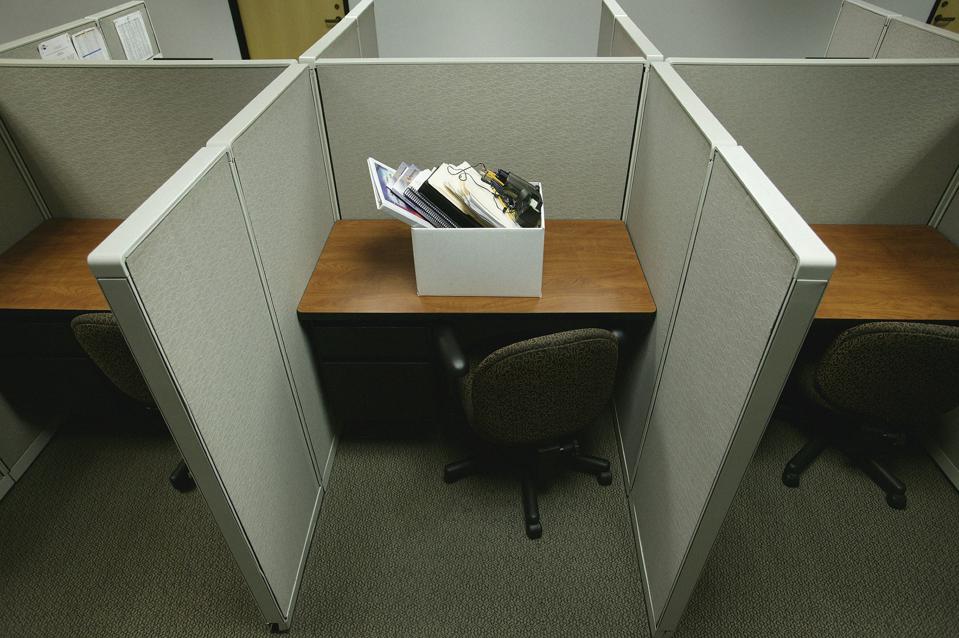Asian American Workers Face Higher Long-Term Unemployment Rates Amid Pandemic
Asian American workers have faced steeper long-term unemployment rates than their Black, white and Latino peers during the economic downturn resulting from the Covid-19 pandemic, new research shows.
Almost half, or 46%, of unemployed Asian American workers had been out of work for more than six months in the fourth quarter of 2020, according to Pew Research Center data. Black unemployed workers saw a 38% long-term unemployment rate at the end of 2020, followed by white (35%) and Hispanic (34%) unemployed workers. “The reason for the relatively high long-term unemployment rate among Asian unemployed workers is not entirely clear,” Jesse Bennett, a Pew research assistant, wrote in the report, which was released last week. “But it may be partially explained by the fact that they tend to be disproportionately represented in states most impacted by coronavirus shutdowns.”
In 2019, 31% of Asian Americans lived in California, a state that experienced some of the longest pandemic-inspired shutdowns, according to Pew. New York, the state with the second-largest share of the Asian American population, was also hit hard by the pandemic. The state suffered the third-most employment losses since the start of the pandemic, according to the Bureau of Labor Statistics.
All of this comes at a time of increased violence against Asian Americans. The fatal shootings of six women of Asian ancestry in the Atlanta area this week have brought new scrutiny to these violent crimes. While authorities have not concluded that the Atlanta shootings were motivated by anti-Asian sentiment, the number of hate crimes against this demographic was up by nearly 150% in 2020.
In addition to increased discrimination, many Asian American workers say they face increasingly hostile workplaces. A 2019 report by the nonprofit Asia Society found a notable decrease in favorability on diversity, professional growth and overall satisfaction and belonging among Asian Pacific American employees.
Compared with their non-Asian Pacific American peers, Asian Pacific American employees were significantly more likely to report a shortage of role models, a shortage of executives representing similar cultural backgrounds and a shortage of board members from similar cultural backgrounds at their workplaces. “The biggest problem with the Asian diversity problem is that no one knows it’s a problem,” said Buck Gee, a former technology executive and coauthor of a 2018 study published in the Harvard Business Review that found that Asian American white-collar professionals were the least likely to be selected for management positions.
“We are least likely to be promoted,” Gee said. “That’s our problem, and no one looks at that.”
Source – Kristin Stoller



